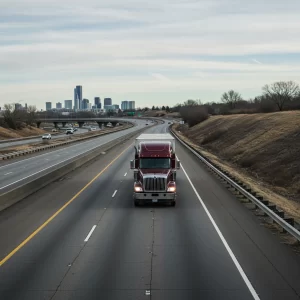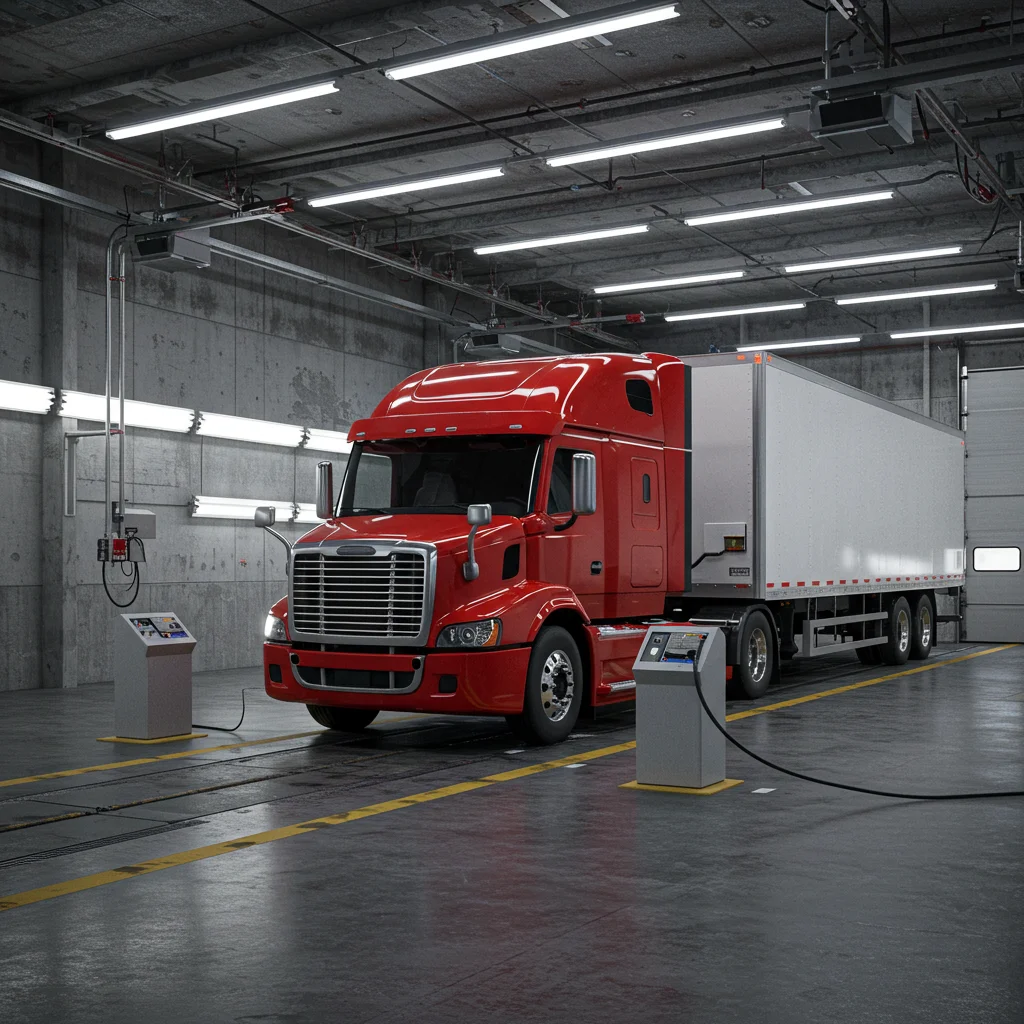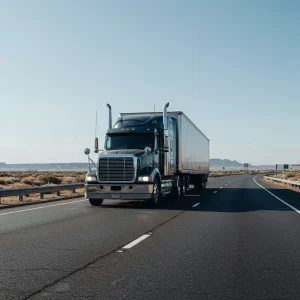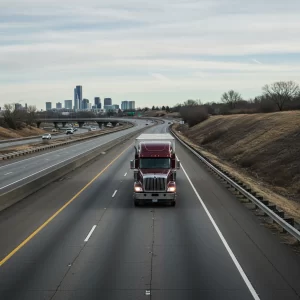
Can My Truck Be Impounded for Clean Truck Check Violations?
Can My Truck Be Impounded for Clean Truck Check Violations?
The Clean Truck Check Program is also called the Heavy-Duty Inspection and Maintenance (HD I/M) Program. It is a rule from the California Air Resources Board (CARB) to cut down dirty air from trucks. It checks heavy-duty diesel vehicles that drive on California public roads. This program takes the place of an old rule called the Periodic Smoke Inspection Program (PSIP). It is like the California Smog Check Program for cars but made for bigger trucks. It follows the Clean Air Act and helps fix trucks that pollute too much. Truck owners must use the CARB Clean Truck Check Online Portal and upload test results to the Clean Truck Check Vehicle Inspection System (CTC-VIS).

The Clean Truck Check Program is for all heavy-duty diesel vehicles that weigh more than 14,000 pounds and drive in California. This includes commercial trucks, fleets, diesel motorhomes, agricultural vehicles, and trucks from other states. Some vehicles do not have to follow this rule, like military tactical vehicles, zero-emissions vehicles, historical vehicles, and experimental permit vehicles. Gasoline vehicles and trucks made before 2013 have their own special rules. All trucks must follow the rules if they drive in California, even if they are not from the state. Every vehicle must be registered in the CARB system and follow all the steps.
Truck owners must register every vehicle that needs to be tested. They must take emissions tests and send the results to the CTC-VIS system. Drivers need to keep proof that their truck passed the test, especially during roadside emissions monitoring. If a truck is giving off too much pollution, CARB will send a Notice to Submit to Testing (NST). The owner must test that truck again within 30 days. If they don’t, their DMV registration could be blocked, and they might get a fine or not be able to drive the truck. This is part of the California Vehicle Code.
In 2025, the Clean Truck Check Program fully replaces the PSIP. Now all trucks must be tested two times a year. These tests must be done at a certified testing facility or with CARB-approved telematics devices. These tools must support J1939 and J1979 protocols. Each truck must pay a $30 fee to join the program. Test results must be sent through the CARB Clean Truck Check Online Portal. If a truck does not pass the test, it must be fixed and tested again before the DMV allows it to stay registered. There are also new rules for how often trucks need to be tested and how data must be sent to CARB. For more information or to schedule a Clean Truck Check in Eastvale, CA, visit our local testing page.
Diesel motorhomes are also part of the Clean Truck Check Program if they weigh more than 14,000 pounds. These motorhomes are mostly used for trips and vacations, but they still must be tested. They must be registered in the CTC-VIS system and pass emissions tests. Depending on the engine, some need a certified scan or a visual inspection. Diesel motorhomes are tested once a year, not twice like other trucks, but the rules still apply. If the motorhome doesn’t pass the test, the owner won’t be able to renew the registration. These rules help cut down on smog-forming pollutants.
Truck owners and fleet managers must follow steps to stay compliant. First, they must find out which of their vehicles need to follow the rules. Then, they must register each one on the CARB Clean Truck Check Online Portal and pay the fee. The emissions tests must be done before the DMV registration deadline. Results should be sent within 90 days of the deadline. You can use onboard diagnostics (OBD) tools or go to a certified testing site. Trucks must be kept in good shape and follow all test rules. Using tools like T-harnesses and knowing the deadlines will help you avoid trouble.
Telematics devices make testing easier for big fleets. These tools are always connected and approved by CARB. They collect and send data without anyone doing it by hand. They use J1939 and J1979 protocols and send reports like the Emissions Diagnostics Report. This helps owners plan repairs, check truck health, and save time. Tools like the Portable Emission Acquisition System (PEAQS) and T-harnesses collect emissions data while following CARB rules. These tools help if you drive in other CARB-regulated states or manage a lot of vehicles. They make sure trucks are always ready and following the rules.
Big diesel trucks don’t make up most vehicles on the road, but they cause over half the air pollution. The Clean Truck Check Program is very important. It cuts down Nitrogen Oxides (NOx), Particulate Matter (PM), and greenhouse gases. This helps clean the air, fight climate change, and protect people’s health. CARB says the program will stop 7,500 early deaths and save $75 billion in health care costs by the year 2050. It also pushes truck companies to fix their trucks, use cleaner engines like electric trucks, and take care of emissions control systems. This is good for the environment and for everyone who breathes the air.
The Clean Truck Check Program can be confusing, especially if you own many trucks. This includes different types like diesel motorhomes, agricultural vehicles, or trucks from out of state. Every truck that follows this program must be tested and registered. A certified testing facility can help you with everything, like scheduling tests, submitting emissions data, and getting your certificate. They also help fix any problems found during the test. This makes it easier to follow all CARB rules under the Clean Air Act. It also helps you avoid DMV blocks, fines, or getting stopped. Don’t wait—get started now to make sure your trucks are ready for 2025.

Can My Truck Be Impounded for Clean Truck Check Violations?

Why Registration for Clean Truck Check is Mandatory

Clean Truck Check Penalties: What Happens If You Don’t Comply?

Understanding the Impact of Air Quality Rules on Older Diesel Trucks

Which Truck Types Are Subject to Clean Truck Check?

Why Pre-Emission Trucks Matter for California Regulations